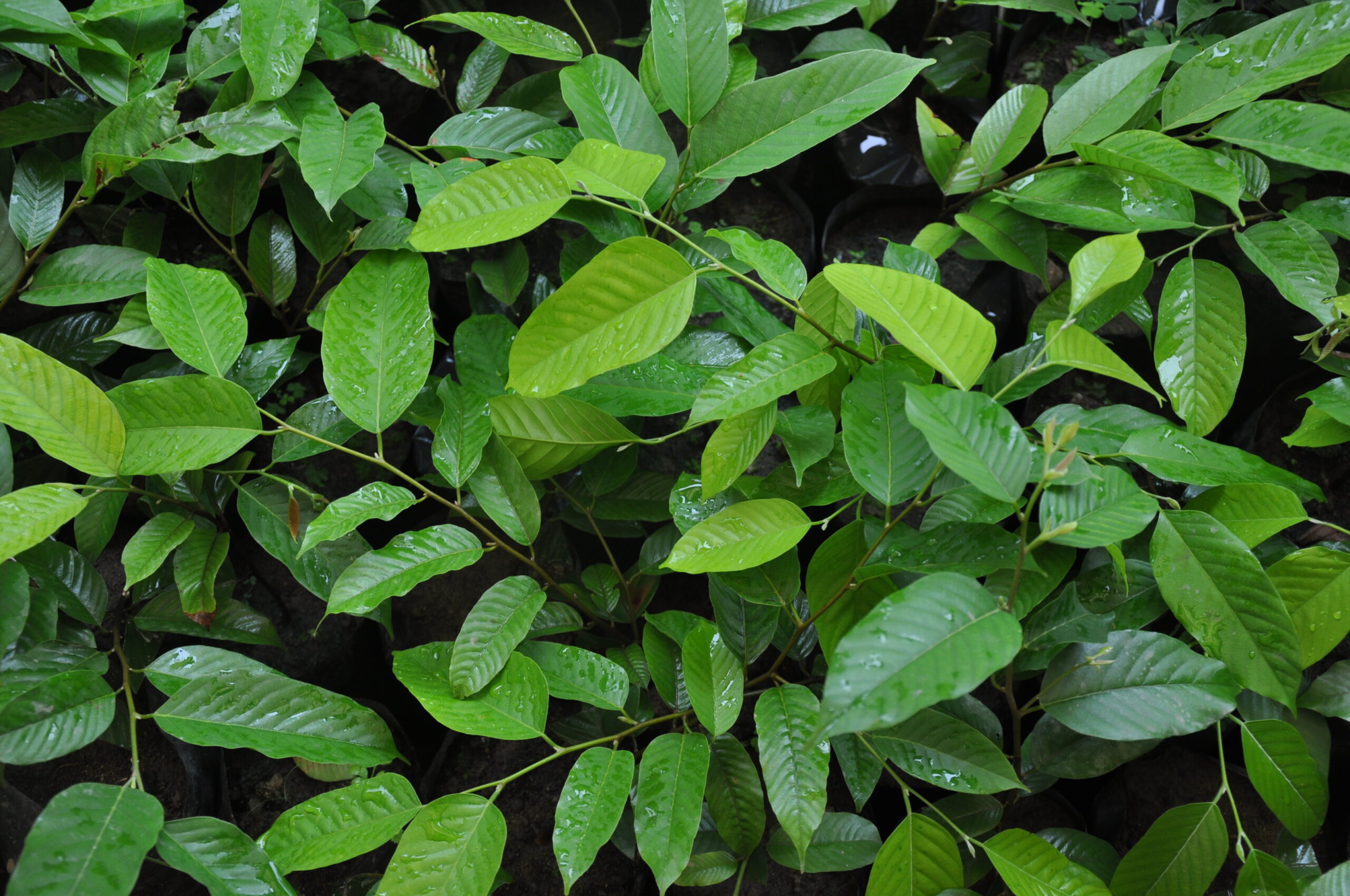Polangui, a historical town nestled in the province of Albay, Philippines, has long been a subject of intrigue for historians and etymologists. The origin of its name has been the subject of various theories, from tales of a robust tree known as "Oyangui" to legends about a maiden named "Pulang Angui." However, a 19th-century book offers an alternative etymology that sheds new light on the town's name.
In his 1887 work, "Viajes por Filipinas: De Manila á Albay," Juan Alvarez Guerra suggests that the name "Polangui" might find its roots in a type of tree native to the Philippines and several other regions in Southeast Asia. This perspective places a spotlight on the Guijo tree, scientifically known as Shorea guiso and referred to as Guisoc in the Bikol language. Alvarez proposes that "Polangui" might be a variation of "Pulang Guisoc," signifying a 'Red Guijo' tree.
The Guijo tree is known for its towering height, dark color of its branches, and its most striking feature, pale reddish-brown bark when freshly peeled. Its wood is typically medium to heavy, and it's known for its medium to hard texture, making it a challenging wood to split. Its coloration varies from light grey-brown to brown, with occasional reddish tinges, adding an element of 'red' to the tree that could further reinforce the connection to the name "Polangui."
Shorea guiso (Photo courtesy of binhi.ph)
The Guijo tree holds notable significance due to its commercial hardwood and ecological importance within natural forest ecosystems. But could it have held a more profound cultural or symbolic value for the early inhabitants of Polangui? The presence of a red Guijo tree could have left an indelible mark on these settlers, possibly serving as a prominent landmark or symbol crucial enough to name an entire settlement after. Given the abundance of Guijo trees in the area and their significance, it's not far-fetched to consider this as a compelling explanation for the town's name "Polangui."
Furthermore, the Guijo tree holds practical value. Its exceptionally hard wood makes it ideal for constructing robust harigues or pillars for traditional houses. The durability and strength offered by the Guijo further validate its potential importance and relevance to the early settlers in the region, lending support to the proposed etymology of "Polangui" as deriving from the notable and valuable red Guijo tree, symbolizing resilience and craftsmanship.
Regardless of which theory proves true, each perspective enriches our understanding of Polangui's diverse cultural history and the intricate interplay of environmental, cultural, and linguistic factors that have shaped its identity. The town's name carries within it the whispers of history, waiting to be explored further. This new perspective on the etymology of "Polangui" and its potential connection to the Guijo tree invites us to delve deeper into the fascinating history of this historical town and its intriguing name. Further research and exploration of local lore and historical records could shed more light on this captivating aspect of Polangui's heritage.












